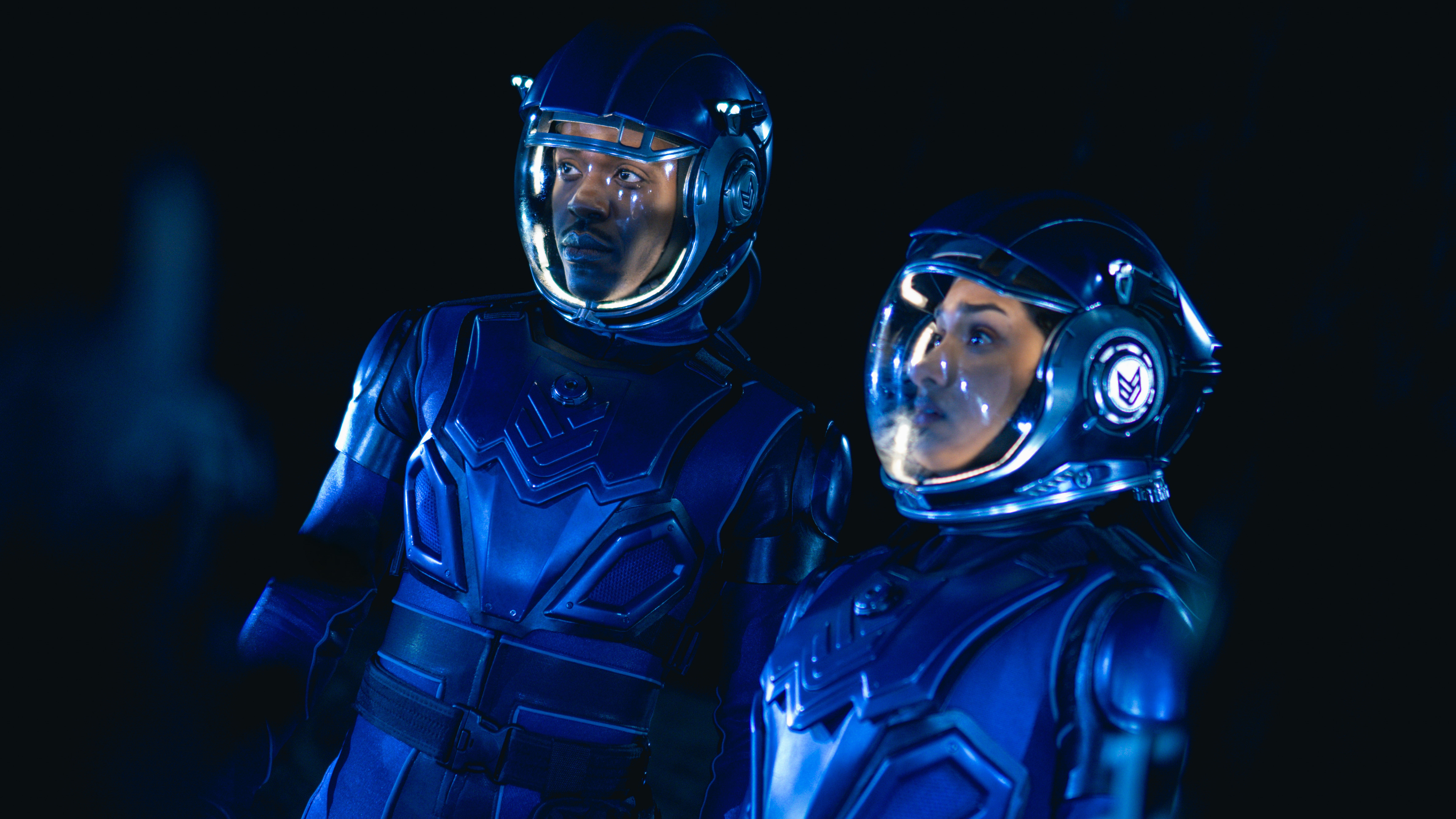The 32 greatest '60s actors
Amid different "New Wave" movements, these are the faces of stardom
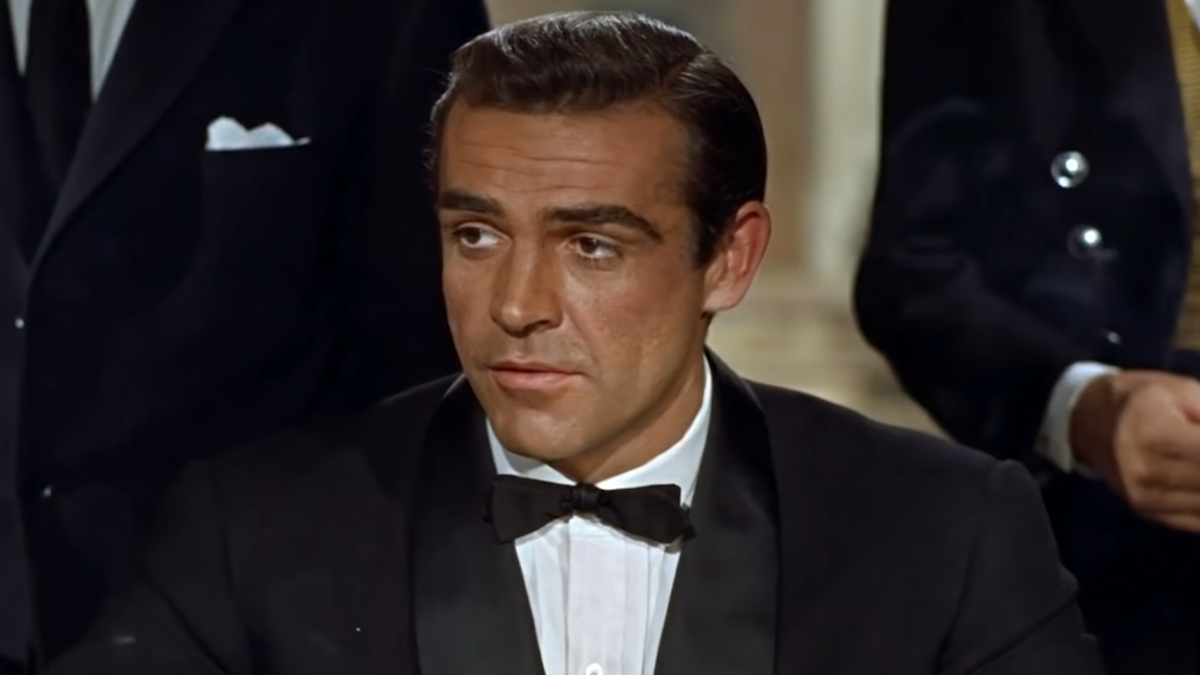
The world was changing in the 1960s, and so was the face of movie stardom. But who among the decade’s most popular movie stars are actually the greatest of all time?
While the 1960s are defined by cinematic “New Wave” movements coming out of Europe, Japan, and even the United States, movie stars still held their sway as the sole reasons why people paid to see new movies. The most celebrated actors from the 1960s were, more often than not, talents who first came up in the ‘50s. Many were honing their craft and catching their lucky breaks by the time the new decade rolled around.
Though ‘60s cinema features an influx of avant-garde movies that challenged forms, movie stars were still the main attraction. To prove it, here are the 32 greatest 1960s actors, many of whom still made pictures well into the 21st century.
32. James Shigeta
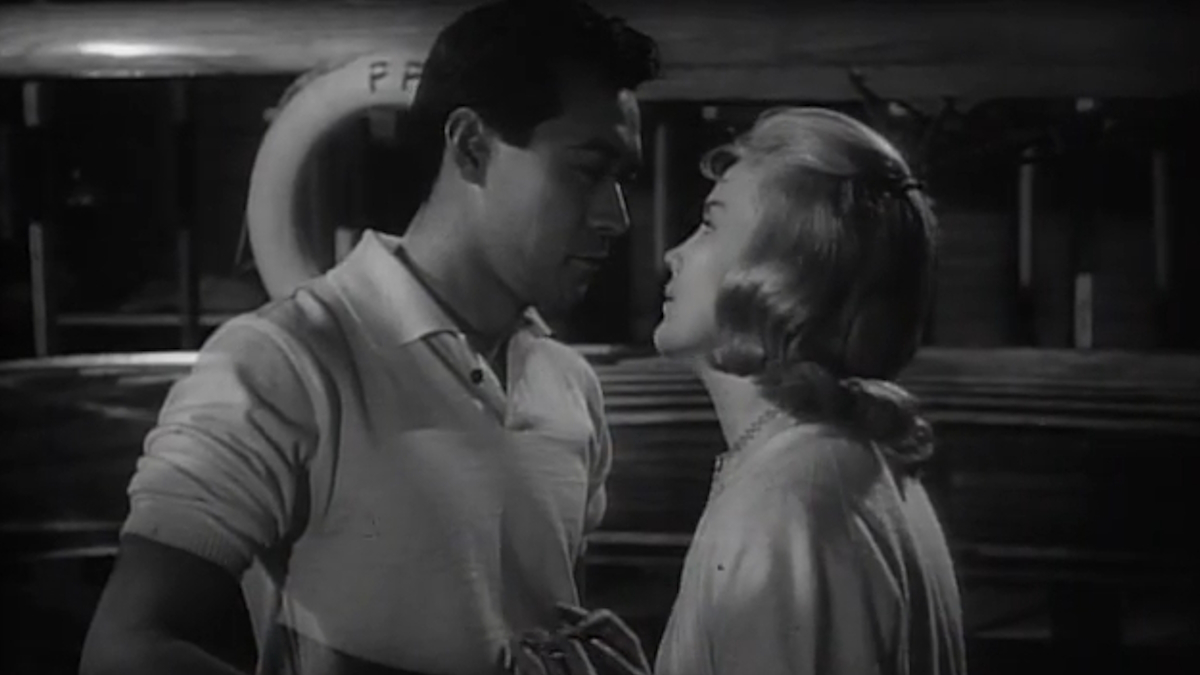
In the aftermath of World War II, Japanese-American actor James Shigeta came to prominence as one of Hollywood’s few homegrown actors of Asian descent. Born in Hawaii, his service in the U.S. Marines eventually led him to his parents’ native Japan where he became an entertainer, earning the nickname “The Frank Sinatra of Japan.” By the 1960s, Shigeta returned to the U.S. and starred in movies like Walk Like a Dragon, Cry for Happy, Bridge to the Sun, Flower Drum Song, and Nobody’s Perfect. While Shigeta never earned the status of a matinee idol, he has since received recognition as a trailblazer who broke down racial barriers and opened the doors to success for future Asian-American actors. He died in 2014.
31. Sophia Loren
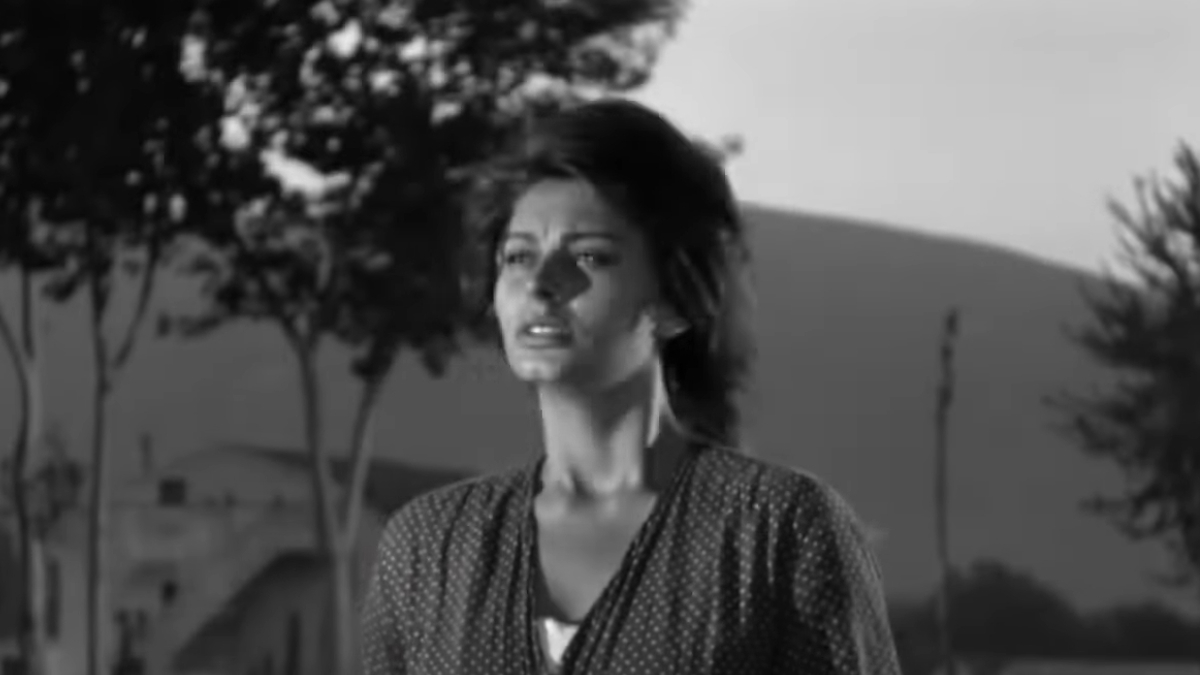
After rising to superstardom in the late 1950s, Sophia Loren asserted her dominance in the 1960s. In 1961, she starred in Vittorio De Sica’s Two Women, which earned her the Oscar for Best Actress and became the first recipient to win for a non-English speaking performance. Other ‘60s movies that contribute to her legendary status include El Cid, The Millionairess, It Started in Naples, Lady L, Arabesque, and A Countess From Hong Kong.
30. Claudia Cardinale
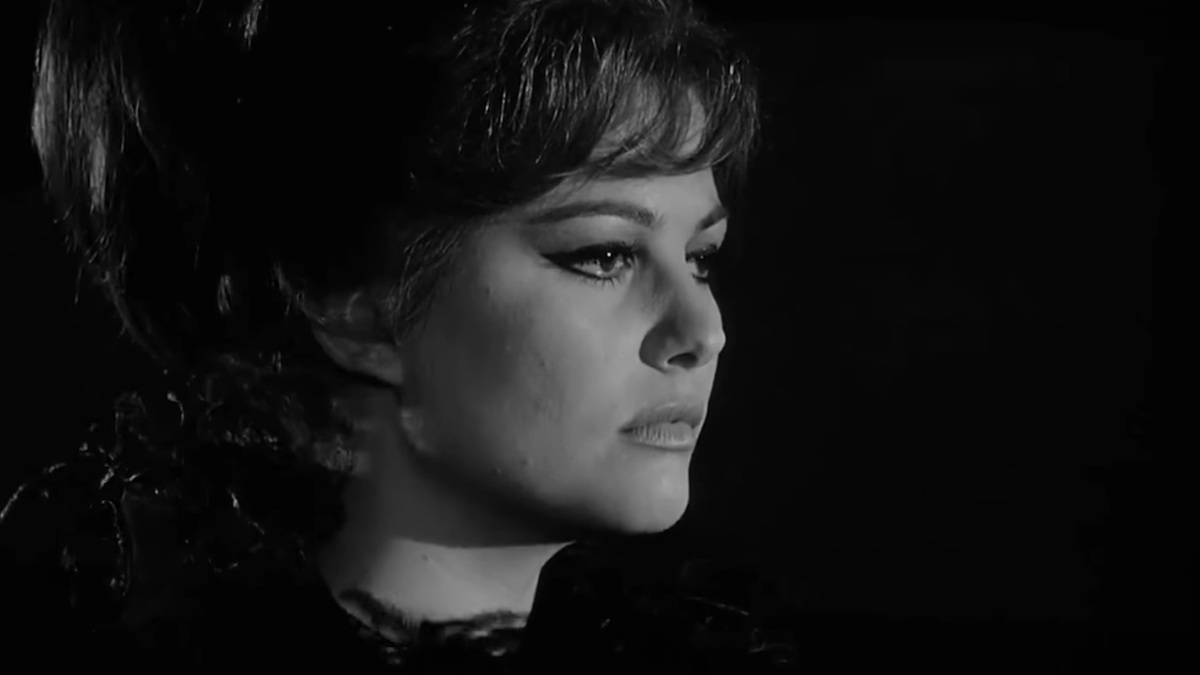
Although Italian actress Claudia Cardinale established her career in the 1950s, she kicked off the next decade in Mauro Bolognini’s award-winning movie Il bell’Antonio in 1960. The ‘60s subsequently became jam-packed with Claudia Cardinale movies, including movies like Rocco and His Brothers, Silver Spoon Set, Auguste, The Lovemakers, The Pink Panther, The Day of the Owl, Once Upon a Time in the West, Don’t Make Waves, and perhaps most importantly, Frederico Fellini’s landmark 8½.
29. Max von Sydow
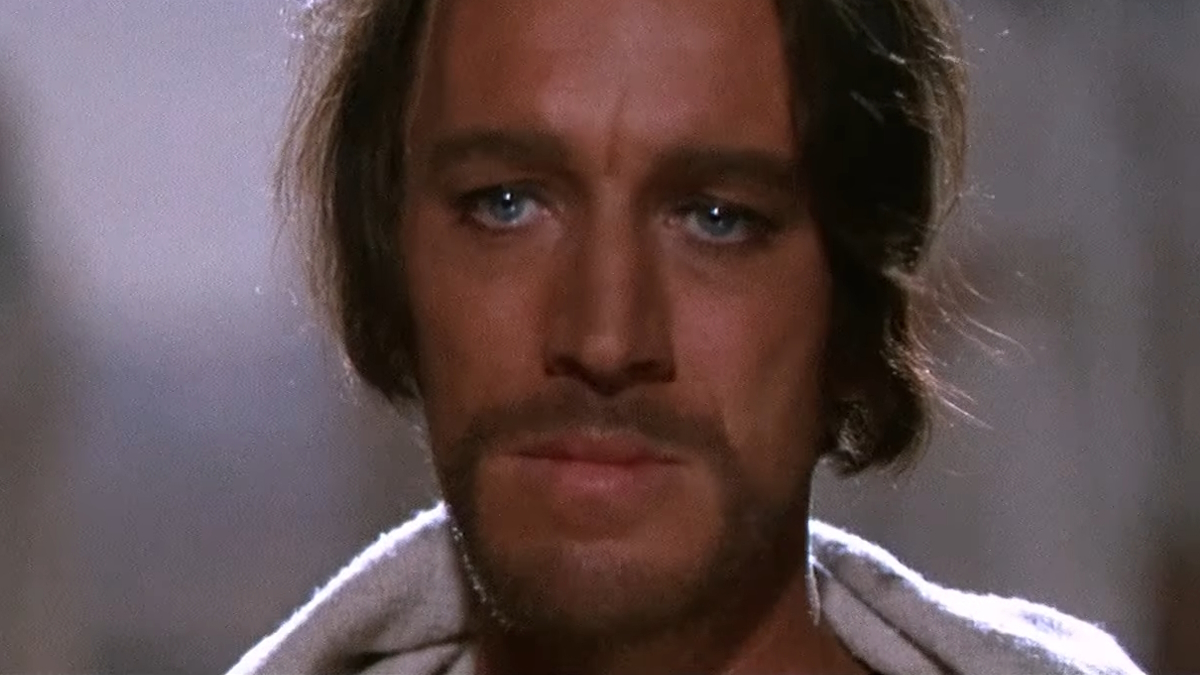
Until his death in 2020, Max von Sydow led a long career spanning 70 years. In the 1960s, Sydow passed on Hollywood movies like Dr. No and The Sound of Music, expressing content to stay in his native Sweden. But in 1965, he played Jesus Christ in The Greatest Story Ever Told, which afforded Sydow mainstream international attention. He received his first Golden Globe nomination for his work in the 1966 film Hawaii. His other movies of the decade include The Virgin Spring, Through a Glass Darkly, The Mistress, 4x4, Here’s Your Life, and Shame.
Sign up for the Total Film Newsletter
Bringing all the latest movie news, features, and reviews to your inbox
28. Charles Bronson
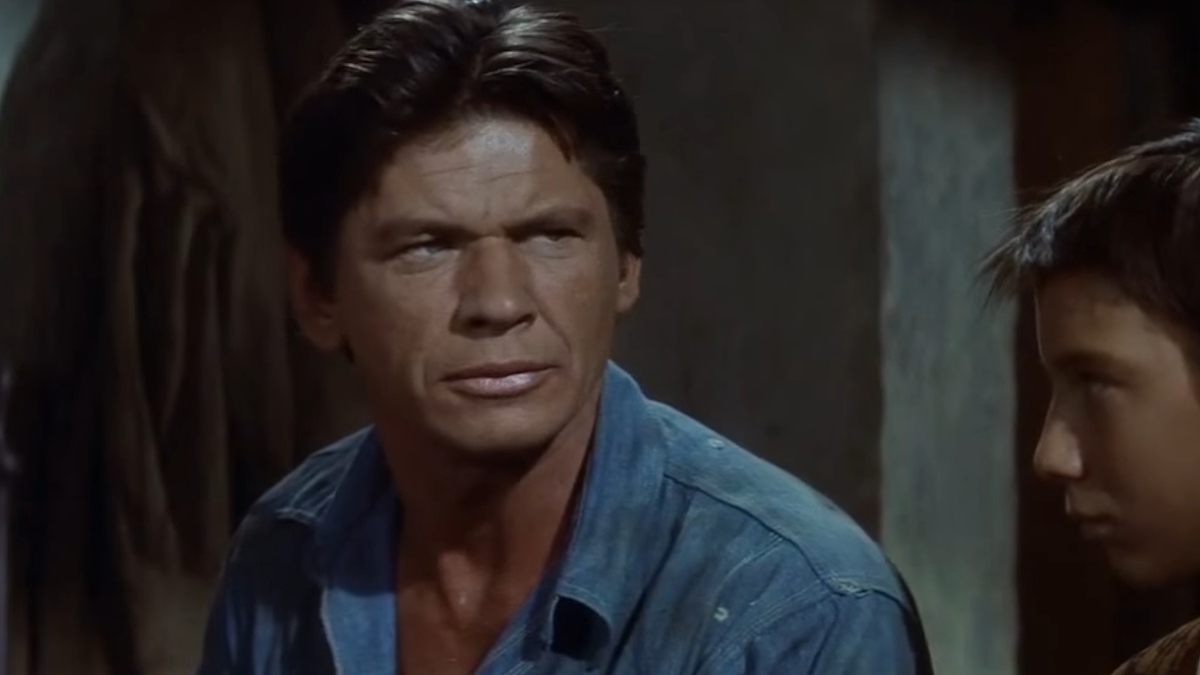
Before becoming an actor, Charles Bronson served in the U.S. Air Force as a bomber tail gunner in World War II. Renowned and remembered for playing ultra-tough men, Bronson actually endured surprising difficulty securing top-billing roles in Hollywood productions. He had memorable roles in major war and action movies of the ‘60s, like The Magnificent Seven, Master of the World, The Great Escape, Battle of the Bulge, and The Dirty Dozen. By the end of the decade, Bronson started making movies in Europe, including the epic Once Upon a Time in the West.
27. Kirk Douglas
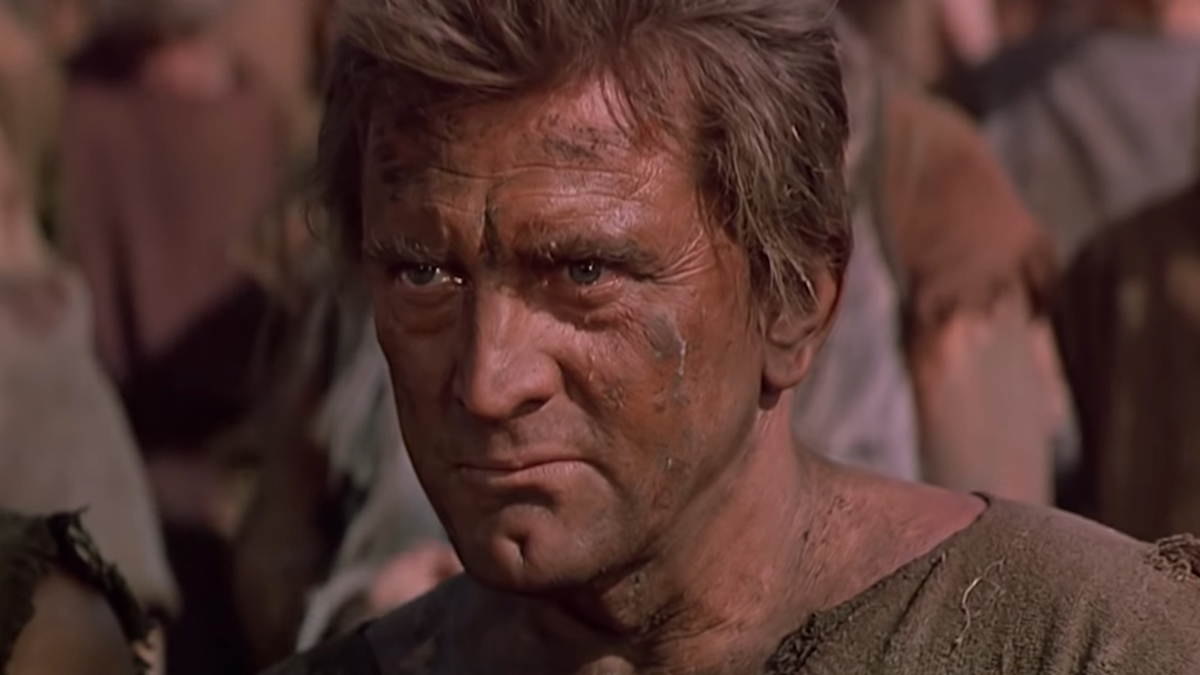
A major star in the 1950s, actor Kirk Douglas further cemented his stardom throughout the 1960s, especially in the Western genre. His movies of the decade include Spartacus, Town Without Pity, Seven Days in May, The Hook, Seven Days in May, Heroes of Telemark, Cast a Giant Shadow, The Arrangement, and Is Paris Burning. In a 2012 interview, Douglas said he was most proud of “breaking the blacklist” through insisting that Spartacus screenwriter Dalton Trumbo maintain credit despite being blacklisted over communist affiliations.
26. Sandra Dee
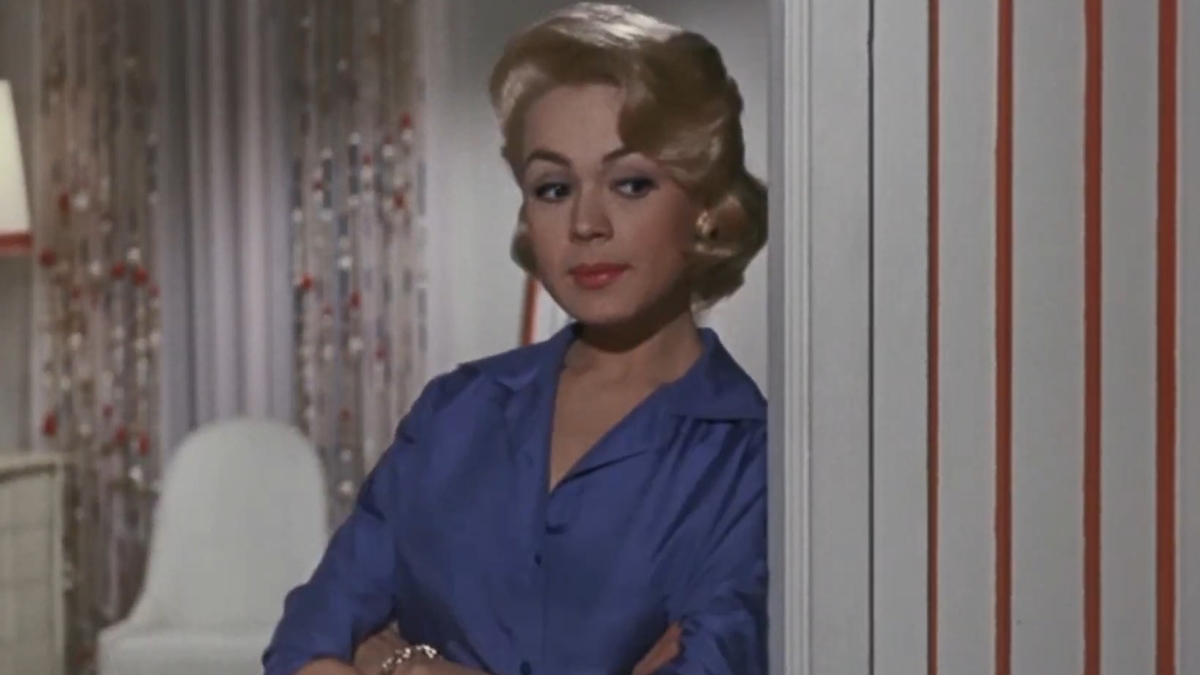
Beginning as a model, Sandra Dee transitioned into acting and became a big star of the silver screen in the 1950s. For the first half of the 1960s, she starred in hits like Portrait in Black and other movies like Romanoff and Juliet, Imitation of Life, Tammy Tell Me True, Come September, and If a Man Answers. In 1963, she starred in the hit comedy Take Her, She’s Mine, playing a character loosely based on future writer/filmmaker Nora Ephron. A 1967 divorce with actor Bobby Darin marked the start of a career decline, however. In an interview with Roger Ebert that year, she lamented the ingénue image she was known for. “Little Sandre Dee isn’t supposed to smoke, you know. Or drink. Or breathe,” she said.
25. Michael Caine

A mega-star from Britain whose career spans multiple generations, Michael Caine rose to stardom in the 1960s. Through the 1964 film Zulu, Caine found stardom and subsequently starred in pictures like The Ipcress File, Alfie (which Caine received his first Oscar nomination), Funeral in Berlin, The Italian Job, and Gambit. One of the most noteworthy things about Caine’s career is that, while he played a lot of British aristocrats, he has a distinct working-class Cockney speech. Caine’s career continued well into the 21st century, with roles in beloved family movies like The Muppet Christmas Carol and hits like Miss Congeniality and Christopher Nolan’s Batman trilogy. He retired with the 2023 film The Great Escaper.
24. Richard Harris
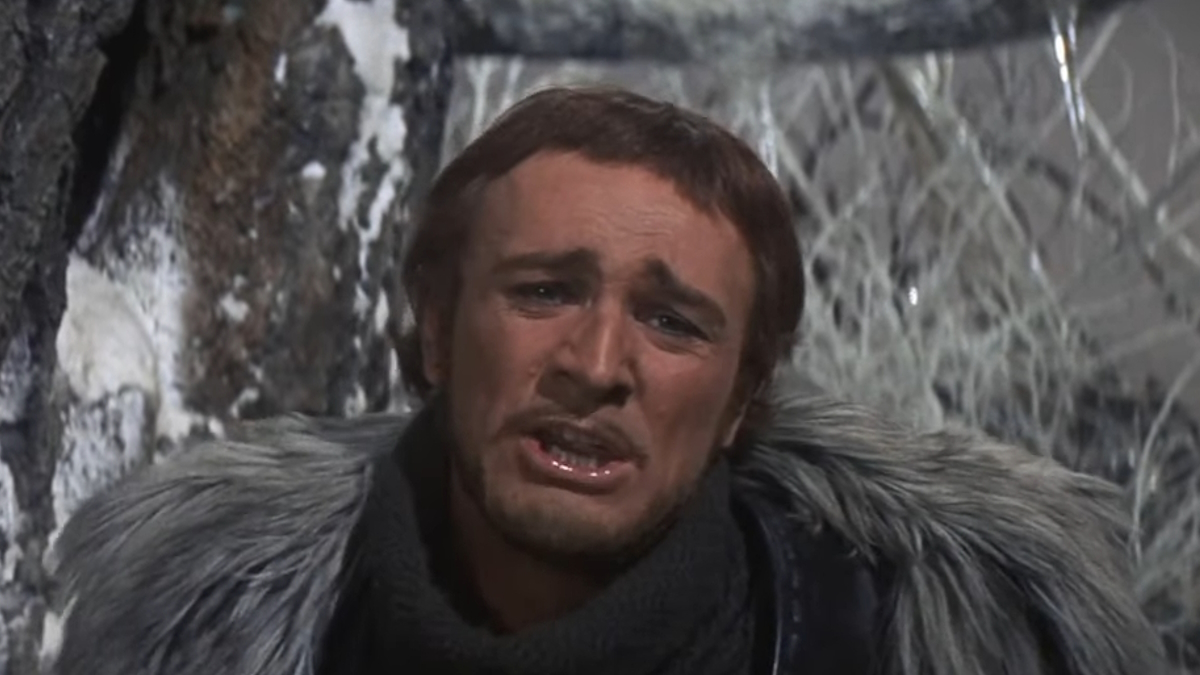
An Irish-born actor and star of the British New Wave, one of Harris’ most notable roles of the 1960s was King Arthur, in the 1967 film Camelot (based on the musical). His other movies include The Long and the Short and the Tall, Mutiny on the Bounty, This Sporting Life, Ill Deserto Rosso, Caprice, The Heroes of Telemark, Major Dundee, and Hawaii. Contemporary audiences remember him best for playing Albus Dumbledore in the first two movies in the Harry Potter series, which he took at the insistence of his then 11-year-old granddaughter.
23. Peter O’Toole

An accomplished Shakespearan actor in England with a reputation for his “hellraiser” lifestyle, Peter O’Toole found international recognition through the 1962 film epic Lawrence of Arabia, which earned him an Oscar nomination for best Actor. He was nominated for more movies released in that decade, including Becket, The Lion in Winter, and Goodbye, Mr. Chips. Hilariously, Peter O’Toole never won an Oscar for any of the eight total nominations in his career, and balked at receiving a lifetime Academy Honorary Award in 2002, telling them he was “still in the game” and would prefer to “win the lovely bugger outright.” He died in 2013.
22. Julie Christie
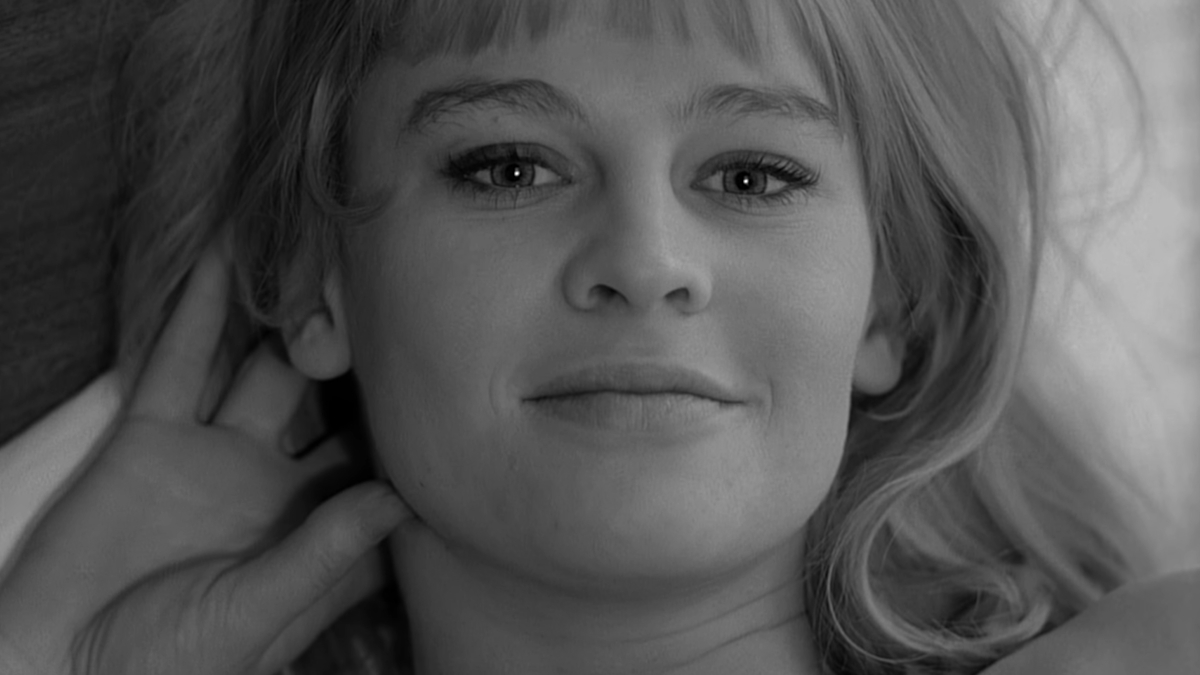
Born in British India, Julie Christie is remembered today as an icon of 1960s British pop culture. After her breakthrough role in the movie Billy Liar, she found international attention in movies like Darling (which earned her an Oscar for Best Actress), Doctor Zhivago, Fahrenheit 451, Far From the Madding Crowd, and Petulia. Her roles in Billy Liar and Darling turned her into a figure of the swinging sixties, as important to it as the Beatles and the Rolling Stones. In 1967, Time magazine said of Christie: “What Julie Christie wears has more real impact on fashion than all the clothes of the ten best-dressed women combined.”
21. Brigitte Bardot
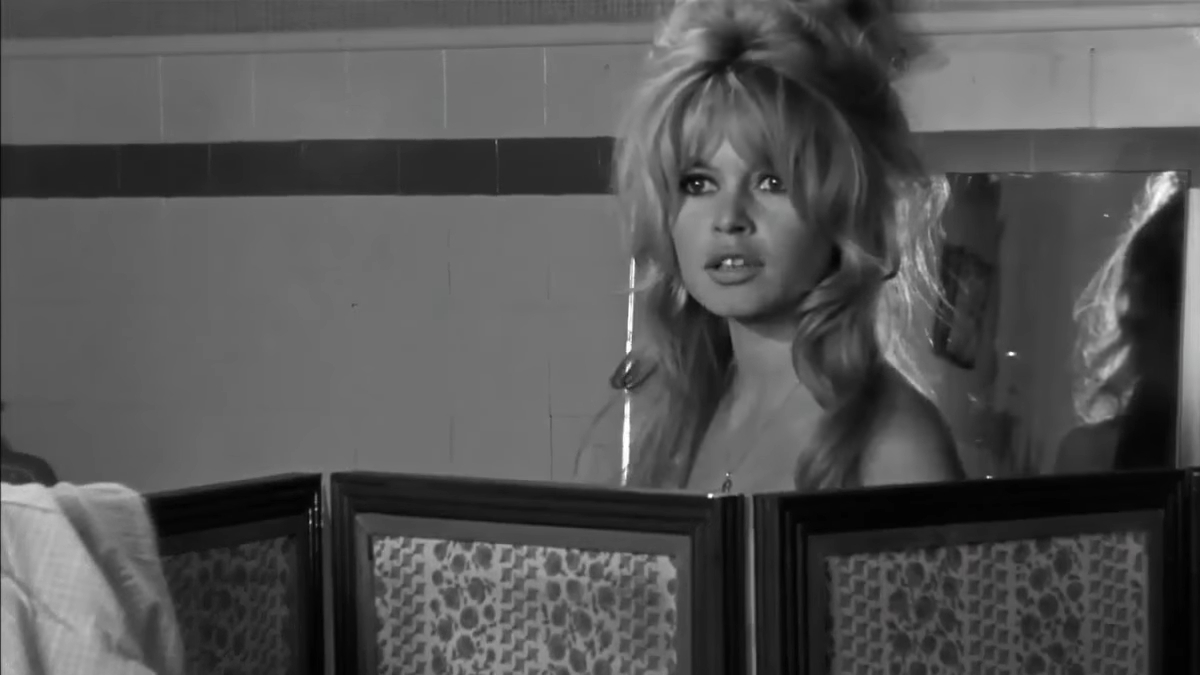
After amassing worldwide fame in the 1950s as a leading sex symbol, Brigitte Bardot enjoyed more success throughout the 1960s until her retirement in 1973. The second decade of her career began with the 1960 film La Verite (released in the U.S. as The Truth). She also starred in Jean-Luc Godard’s Le Mepris, Louis Malle’s Viva Maria!, and Une ravissante idiote. In 1965, she starred in her first Hollywood movie Dear Brigitte, where she played herself in a small role in which James Stewart’s character’s son has a crush on Bardot. Her last ‘60s movie, Les Femmes, flopped at the box office.
20. Lee Marvin
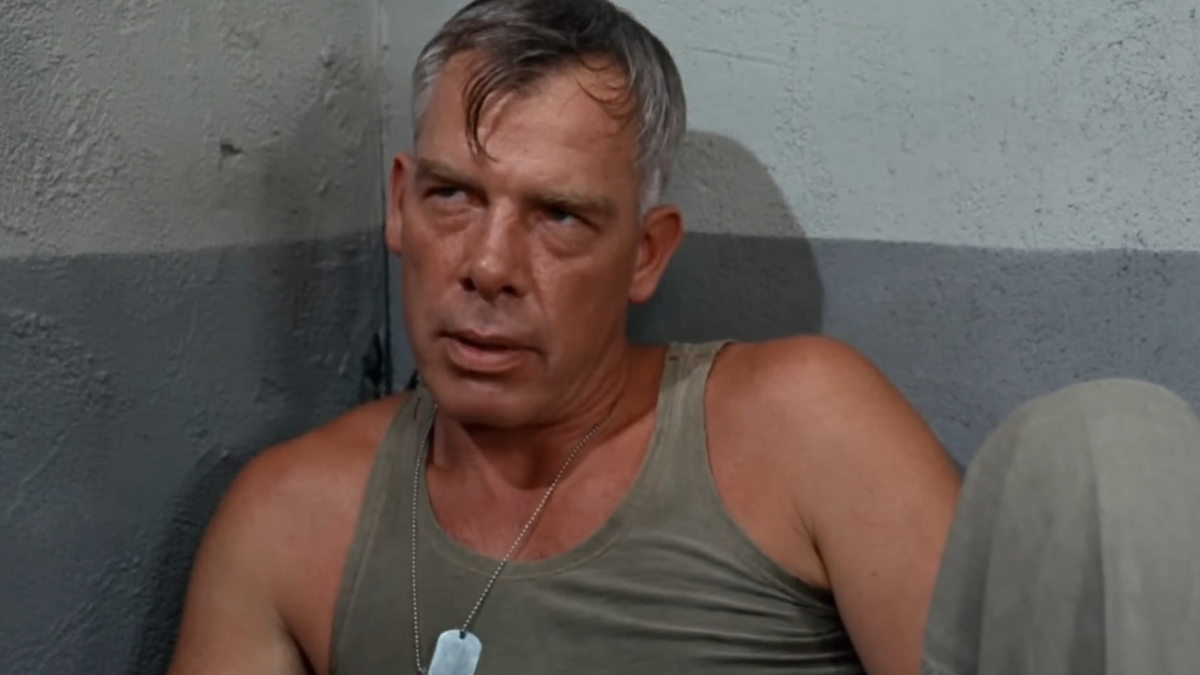
Born in New York City, Lee Marvin’s movie career reached its heights in the 1960s with movies like The Comancheros, The Man Who Shot Liberty Valance, Donovan’s Reef, The Killers, Cat Ballou, Ship of Fools, The Professionals, The Dirty Dozen, and Paint Your Wagon. Remembered for his deep bass voice and tough guy appearance, Lee Marvin credits his service in the U.S. Marine Corps during World War II into shaping him into the kind of actor who would excel in war movies. He said as much in an undated interview, saying that his background helped “by playing an officer how I felt it should have been seen, from the bias of an enlisted man’s viewpoint.”
19. Gregory Peck
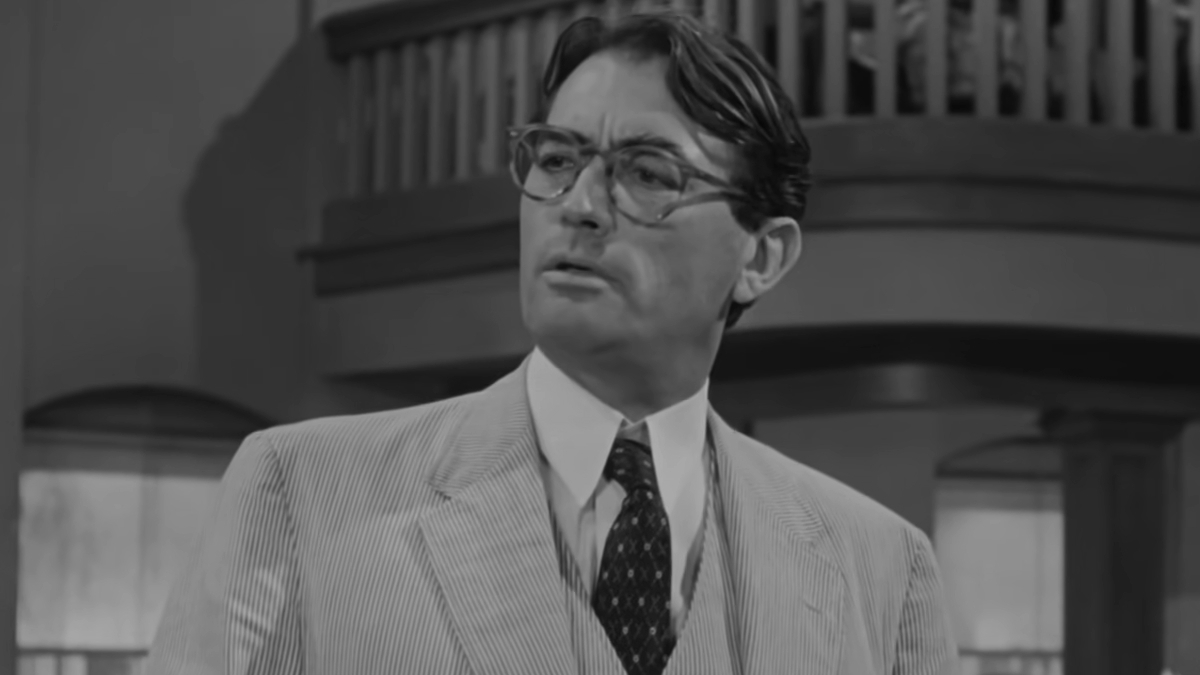
Originating on Broadway and earning some of his first Oscar nominations in the 1940s, Gregory Peck’s artistry evolved throughout the 1960s with challenging, mature work. In 1961 he starred in the smash hit The Guns of Navarone, playing a mountain climbing expert as part of a six-man team of Allied commandos against the Nazis. A year later, he starred in two more hits: the noir thriller Cape Fear, and To Kill a Mockingbird, the celebrated film adaptation of Lee Harper’s novel. Peck starred in the latter as principled lawyer Atticus Finch, in a performance that won him an Oscar for Best Actor and contributed to his lasting stature as an actor. In 1967, Peck became president of the Academy of Motion Picture Arts and Sciences.
18. Marcello Mastroianni
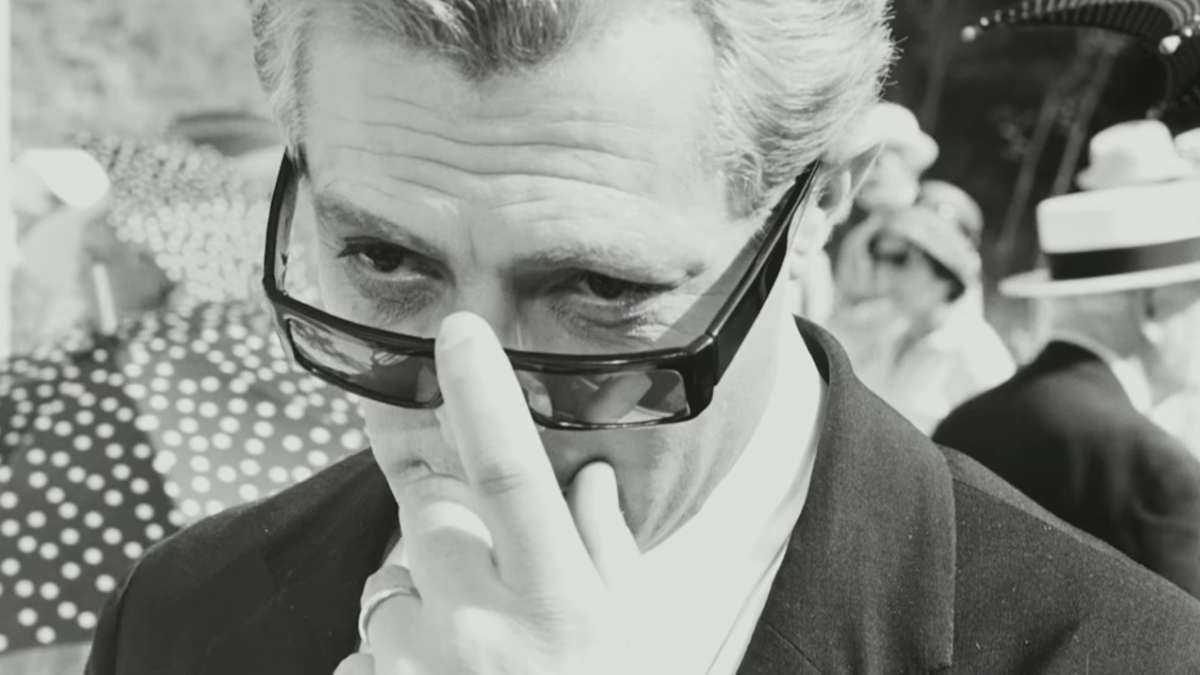
A titan of the Italian film industry, Marcello Mastroianni made his film debut in 1939 but began taking his craft more seriously in the 1950s. After the 1959 film Big Deal on Madonna Street, which was an international hit, he starred in Frederico Fellini’s landmark films La Dolce Vita, in the role of a disillusioned tabloid reporter, and 8½, as a filmmaker loosely based on Fellini himself. Other major ‘60s films of Mastroianni’s include La Notte, Yesterday, Today, and Tomorrow, Marriage Italian Style, A Very Private Affair, Casanova 70, and Diamonds for Breakfast. He died in 1996, at the age of 72.
17. Natalie Wood
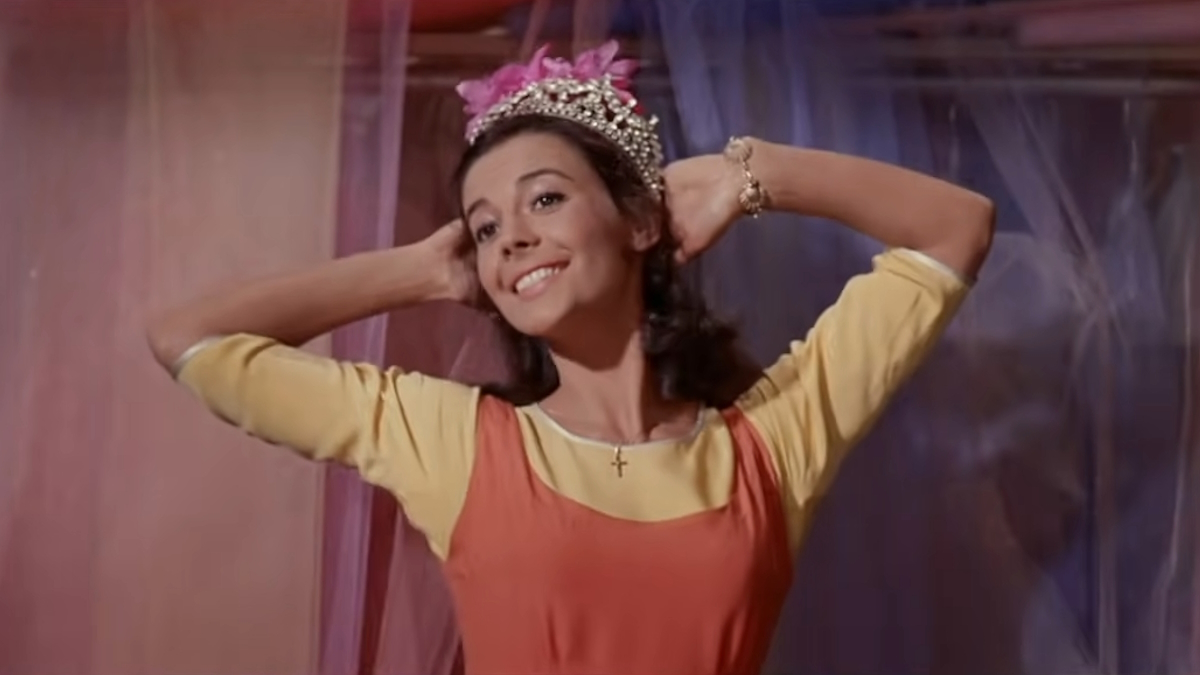
After her career took off at the age of 8 in the 1947 film Miracle on 34th Street, Natalie Wood ascended to great heights in the 1960s. She starred as Maria in the original 1961 movie musical West Side Story. She also starred in movies like Gypsy, Sex and the Single Girl, The Great Race, and Bob & Carol & Ted & Alice. She was nominated for Oscars for Best Actress for her work in the movies Splendor in the Grass and Love with the Proper Stranger. Wood embarked on a career hiatus in the 1970s, choosing to work in television including a 1979 made-for-TV remake of From Here to Eternity which nabbed her a Golden Globe. She died in 1981, in a case that has remained unsolved for decades.
16. Catherine Deneuve
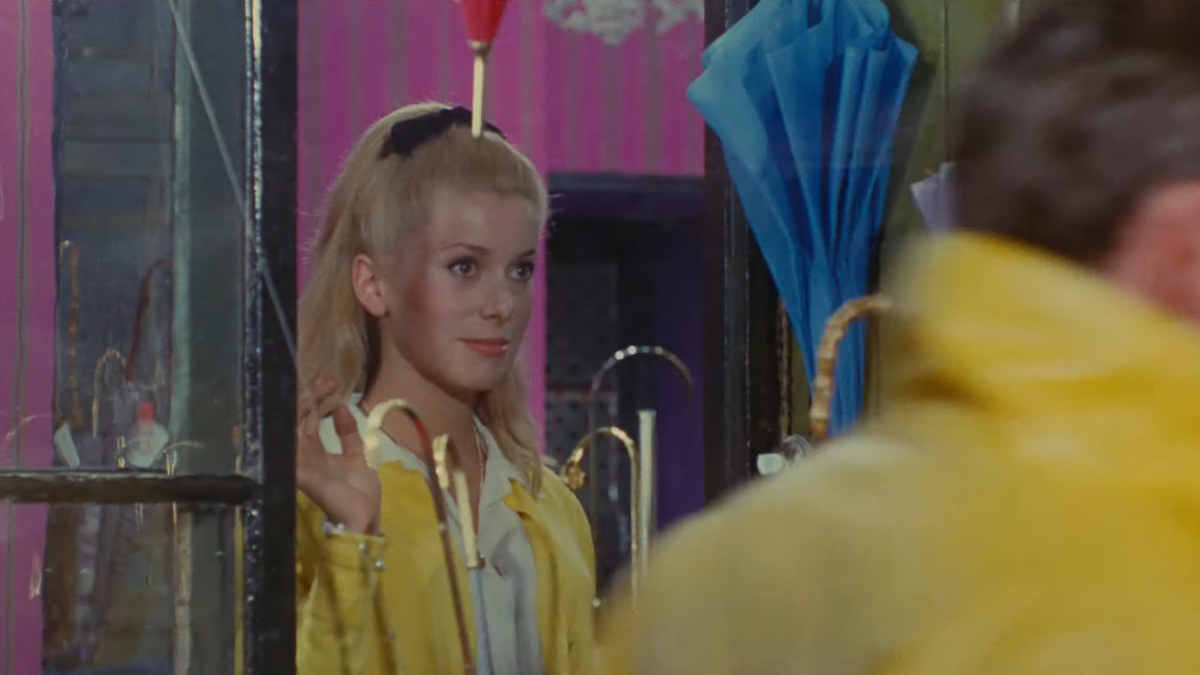
Hailed as one of the greatest European actresses to grace the screen, Catherine Deneuve found acclaim in Jacques Demy’s musical The Umbrellas of Cherbourg and The Young Girls of Rochefort. Through her work in Roman Polanski’s 1965 film Repulsion, Deneuve earned the nickname “ice maiden.” Remarked Peter Bradshaw retrospective 2013, review: “Catherine Deneuve’s glassy stare of anxiety dominates the movie.” Her other movies of the decade include Les Creatures, A Matter of Resistance, Belle de Jour, and The April Fools.
15. Jack Lemmon
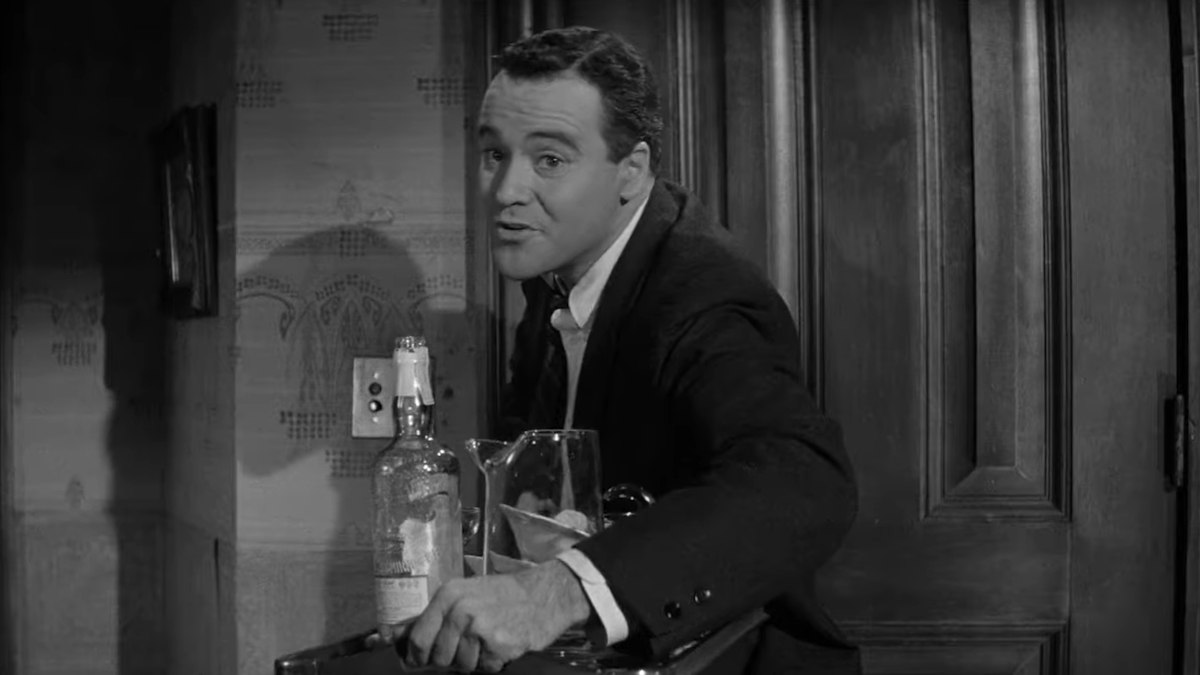
Already a TV star by the 1950s, Jack Lemmon transitioned into movies and by the 1960s was an established name. In 1960, he starred in the comedy The Apartment, which is now regarded as one of the greatest movies ever made. His other films of the 1960s include Irma la Douce, Days of Wine and Roses, The Great Race, The Fortune Cookie (the first of many collaborations with Walter Matthau), and The Odd Couple. He produced the 1967 hit Cool Hand Luke, which starred Paul Newman. Newman offered Lemmon a role in Butch Cassidy and the Sundance Kid as a gesture of thanks, but Lemmon declined. He died in 2001.
14. Laurence Olivier
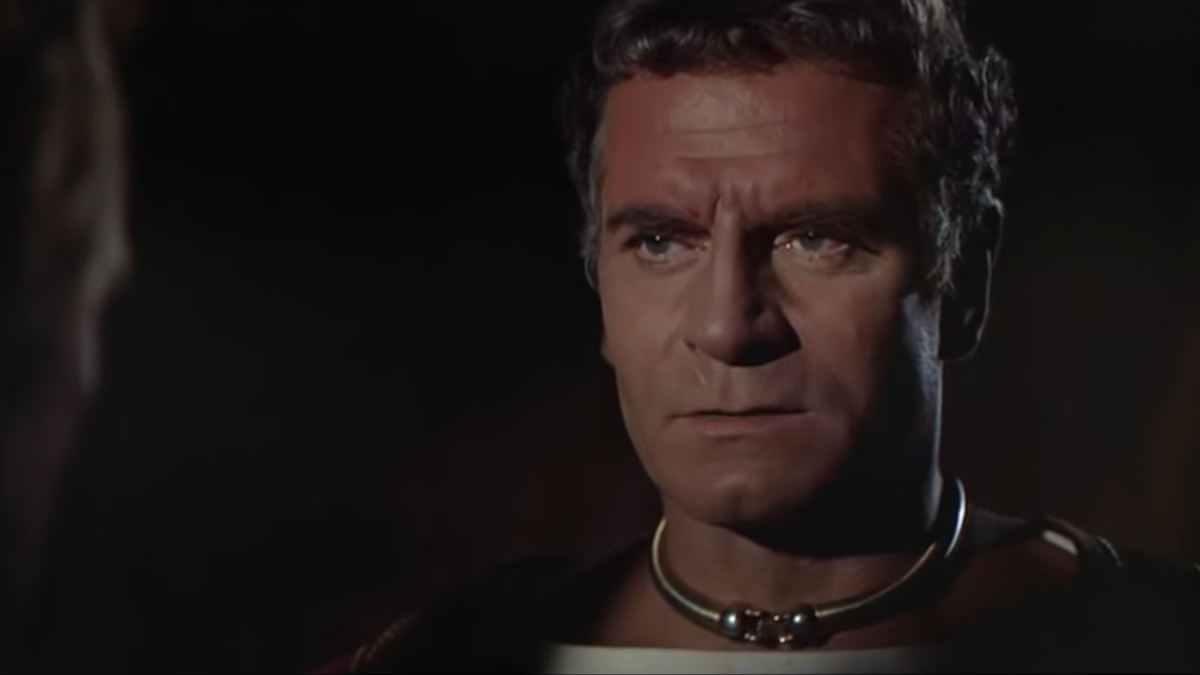
Laurence Olivier was more than just a decorated actor. In 1947, he was knighted by King George IV, and later made Baron Olivier of Brighton by Queen Elizabeth II. While Olivier’s acting career flourished throughout the 1940s and 1950s, he also entered the 1960s on a high note, first with the epic Spartacus. He followed that project up with the movies The Entertainer, The Moon and Sixpence, and The Shoes of the Fisherman. Much of Olivier’s work is centered on the stage more than movies, but his towering reputation on the stage looms makes his comparatively lesser work on screen feel of equal importance.
13. Burt Lancaster
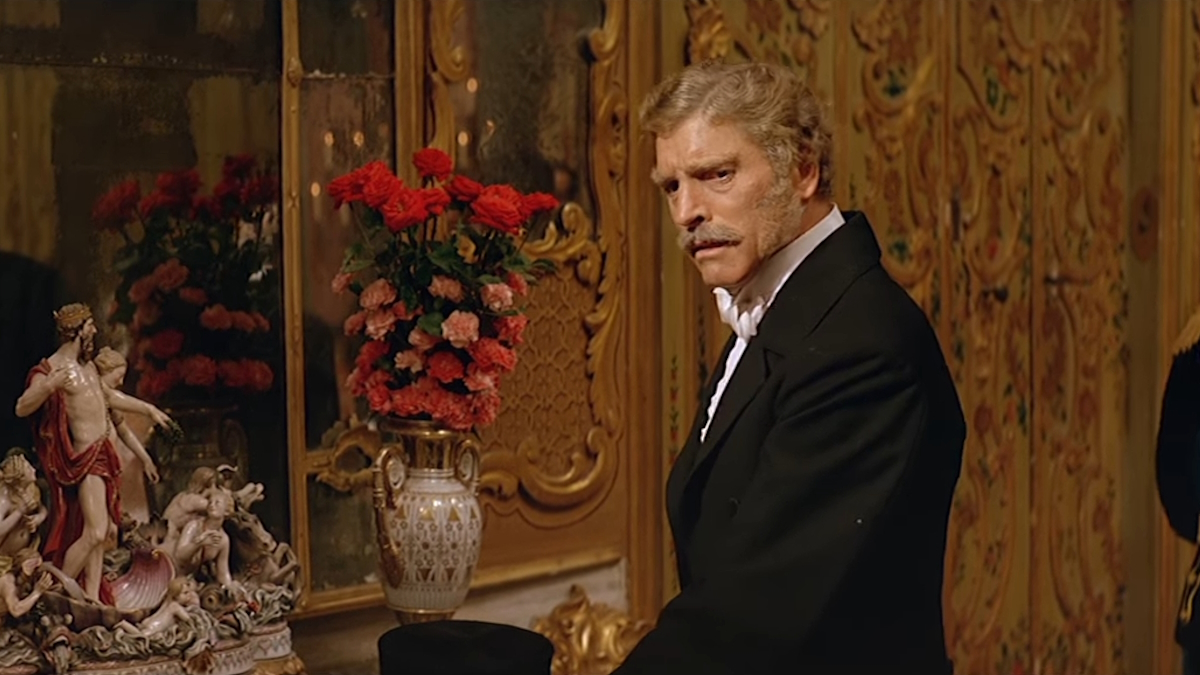
Remembered as a heart throb, Burt Lancaster began acting after his service in World War II. He ascended to fame in the 1950s, and at the start of the 1960s enjoyed a string of successful movies. They include Elmer Gantry, Judgment at Nuremberg, The Train, The Scalphunters, Castle Keep, Birdman of Alcatraz, The Leopard, Seven Days in May, The Professionals, and The Swimmer. Compared to his ‘50s films, the roles Lancaster played in the 1960s are notably disparate, from con men to Nazi war criminals to demolitions experts.
12. Steve McQueen
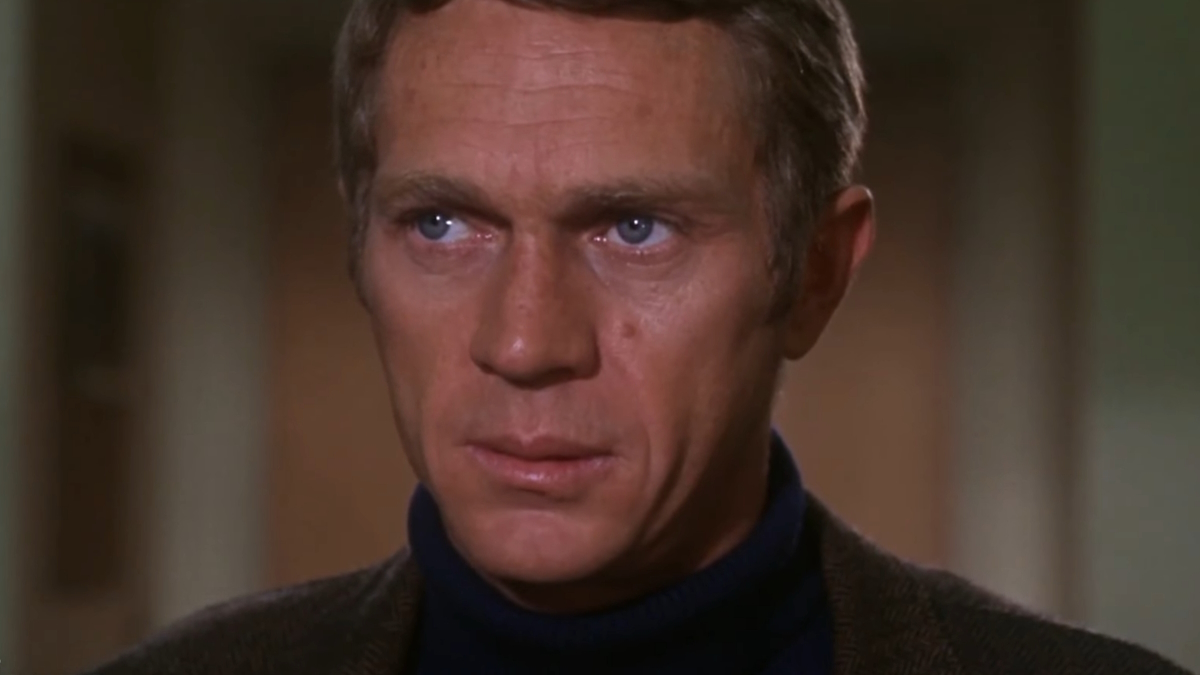
A racecar driver in addition to being an actor, Steve McQueen embodied the image of the antihero at just the right time, when the 1960s counterculture movement began to take hold. Nicknamed “The King of Cool,” McQueen’s work in the decade include The Magnificent Seven, The Sand Pebbles, Love with the Proper Stranger, The Cincinnati Kid, Nevada Smith, The Thomas Crown Affair, and Bullit, the latter of which is celebrated as an action classic for its epic, extended-length car chase sequence. After McQueen learned that he was once a target of serial killer Charles Manson, his first wife observed that McQueen began keeping a handgun on his person at all times. He died in 1980 of a heart attack.
11. Elvis Presley
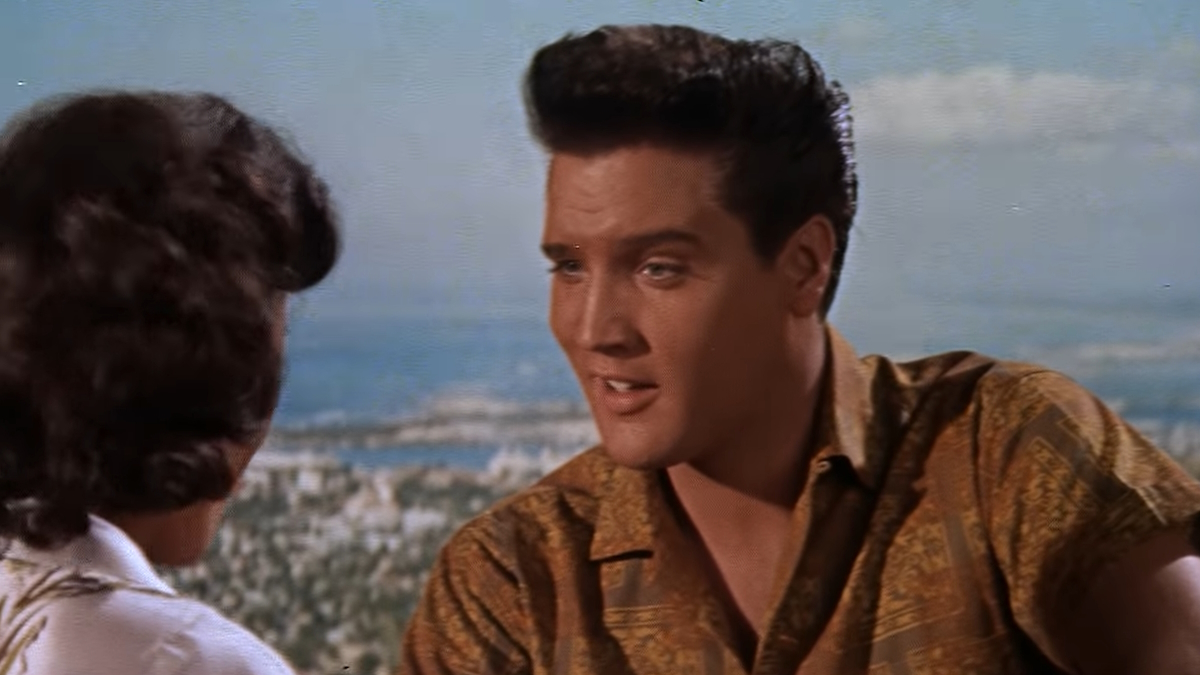
Because it wasn’t enough to just be a rock ‘n roll revolutionary, Elvis Presley followed in the footsteps of musicians like Frank Sinatra before him to enjoy a lucrative career as an actor. After making his acting debut in the 1950s, he enjoyed further box office success throughout the 1960s with movies like Blue Hawaii, Viva Las Vegas, G.I. Blues, Kid Galahad, Follow That Dream, It Happened at the World’s Fair, Girl Happy, Double Trouble, and more. By the end of the decade, however, Presley was frustrated by the state of his musical career and recommitted to his first love – live music – until his death in 1977.
10. Elizabeth Taylor
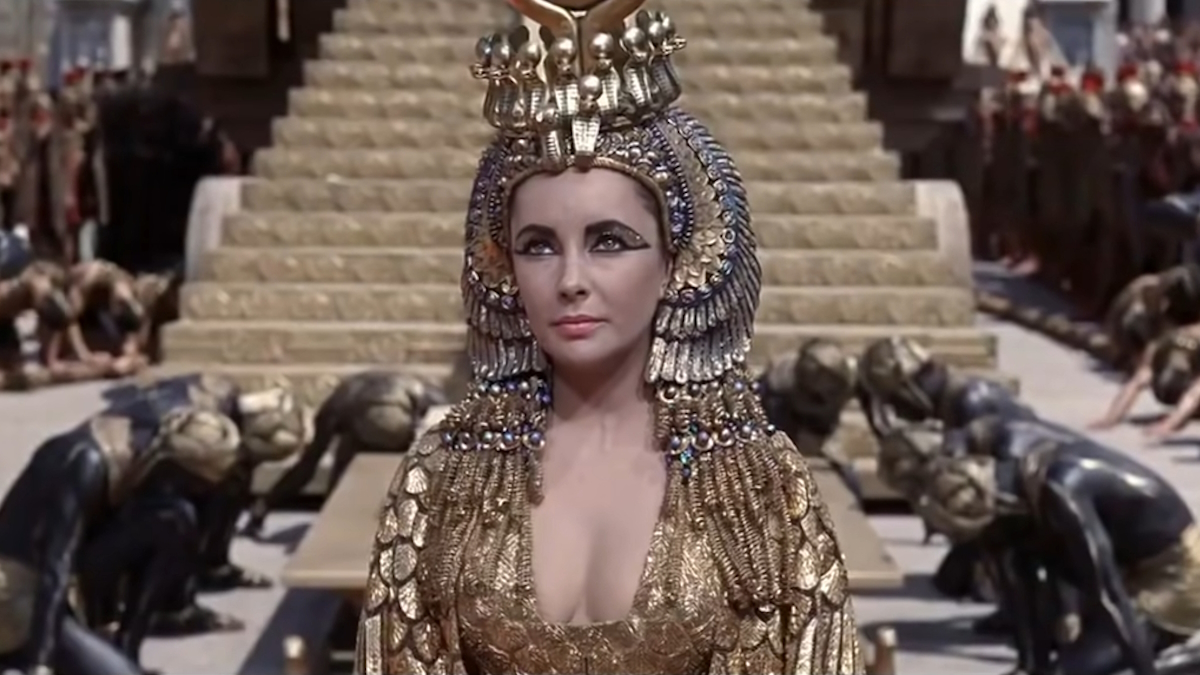
One of the highest-paid movie stars of the 1960s, Elizabeth Taylor was born to elite socialite parents and embarked on an acting career starting in the 1940s. By the 1960s, she was a mega-star, though not without some controversy; during production of the 1961 epic Cleopatra, which Taylor starred in the title role, her affair with co-star Richard Burton became a scandal. Nevertheless, Taylor enjoyed more success that decade in movies like The V.I.P.s, The Sandpiper, Taming of the Shrew, and Who’s Afraid of Virginia Woolf?, which won Taylor her second Oscar. Her career declined in the 1970s but never outright ended, and her activism for HIV/AIDS has given her retrospective recognition as a gay icon.
9. Sidney Poitier
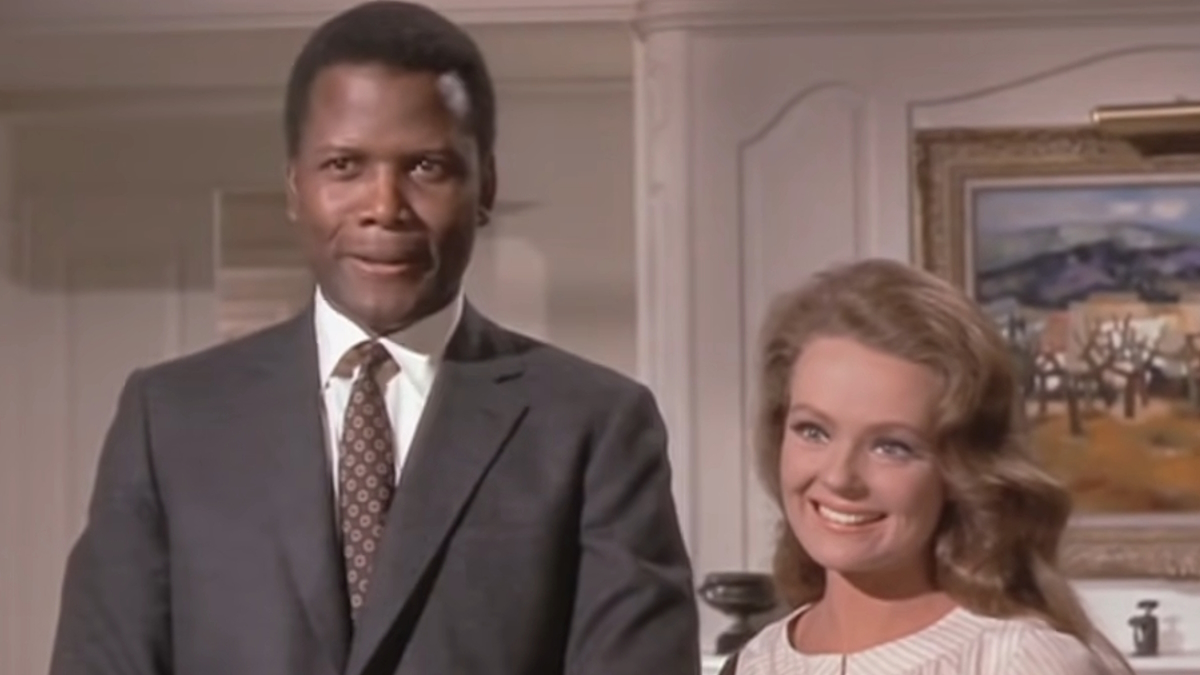
A groundbreaking star, Sidney Poitier became the first Black actor to win an Oscar for Best Actor (for Lilies of the Field). A World War II veteran, Sidney Poitier rose to fame in the 1950s but found everlasting success in the 1960s, with movies like A Raisin in the Sun, A Patch of Blue, To Sir, with Love, The Bedford Incident, The Greatest Story Ever Told, In the Heat of the Night, and Guess Who’s Coming to Dinner. Poitier was given the Presidential Medal of Freedom by President Barack Obama in 2009, and is recognized today as paving the way for Black actors in Hollywood due to his empathetic, fully realized human characters.
8. Anna Karina
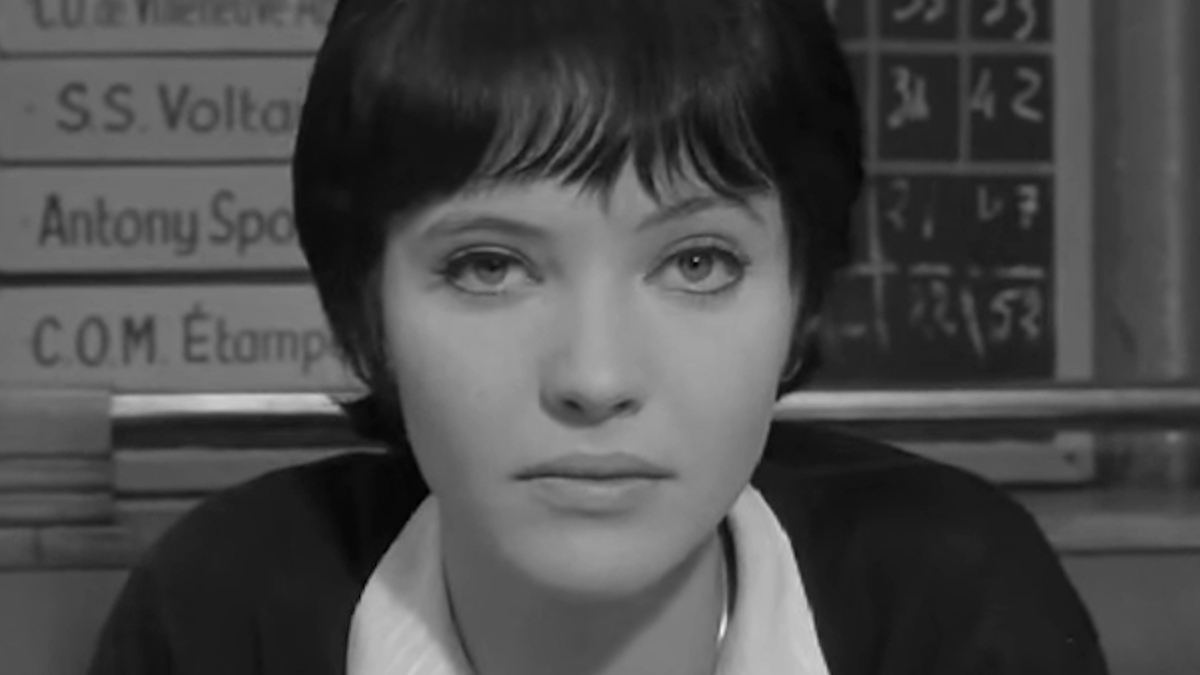
An icon of the French New Wave, Anna Karina began her career as a model before becoming an actor. She was approached by her soon-to-be-husband, director Jean-Luc Godard, for his feature film Breathless; she turned it down on the basis of her refusal to do a nude scene. She eventually worked with him for the controversial movie The Little Soldier. This soon led to a rich career on the screen, including movies like Vivre sa vie, Band of Outsiders, Pierrot le Fou, Alphaville, Made in USA, The Nun, The Stranger, and Justine. As for Godard, they were married for a few years, starting in 1961 before ending in divorce in 1965. She died in 2019.
7. Julie Andrews
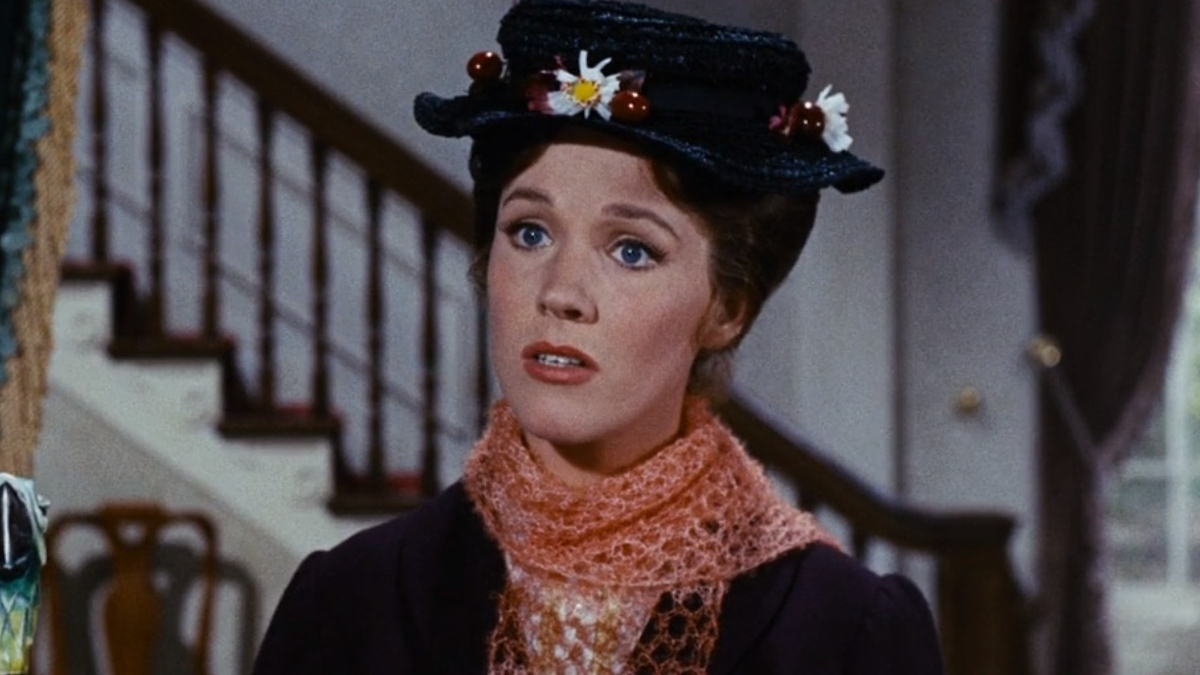
Julie Andrews is simply one of the most decorated actresses of all time. Her accolades include Emmys, Grammys, Golden Globes, Oscars, and was even named a Dame by Queen Elizabeth II. Originating in West End theater, she played Queen Guinevere in My Fair Lady and rose to superstardom through the movie musicals Mary Poppins and The Sound of Music. Her other movies of the 1960s include The Americanization of Emily, Hawaii, Torn Curtain, Thoroughly Modern Millie, and the Gertrude Lawrence biopic Star. While Andrews’ career faced setbacks in the 1970s and 1980s, she re-emerged in the 21st century through several successful children’s movies, including The Princess Diaries, the Shrek films, and a cameo in the billion-dollar hit superhero movie Aquaman.
6. Jane Fonda
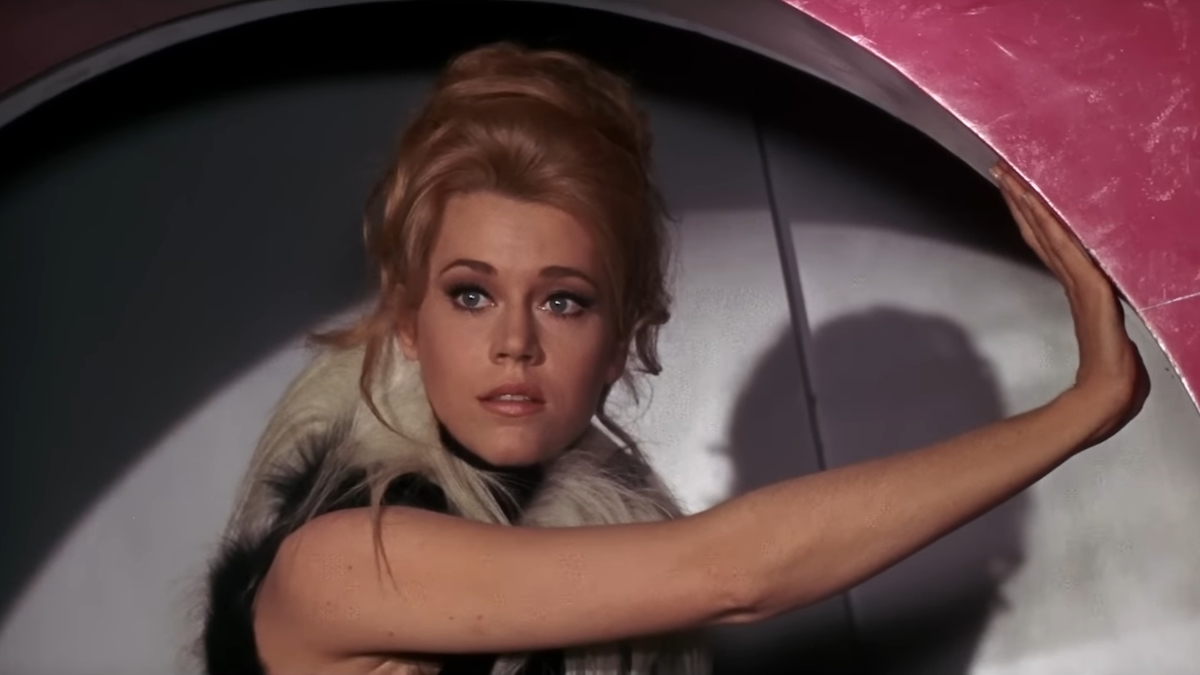
Born to Frances Ford Seymour and actor Henry Fonda, Jane Fonda made her acting debut in 1960 in the Broadway play There Was a Little Girl. She quickly made the transition to movies, appearing in the films Tall Story, Period of Adjustment, Sunday in New York, Cat Ballou (a movie credited for giving Fonda a reputation for bankable stardom), Barefoot in the Park, The Game Is Over, and Ash Wednesday. In 1969, she starred in both the pulpy sci-fi Barbarella, as a space warrior vixen, and They Shoot Horses, Don’t They?, a dramatic tragedy that allowed Fonda to exhibit a more serious side to her craft. She also made a few movies in France, including Joy House and Circle of Love. Her success continued into the 1970s and beyond, up to and including her Netflix comedy series Gracie and Frankie for which she received Emmy nominations.
5. John Wayne
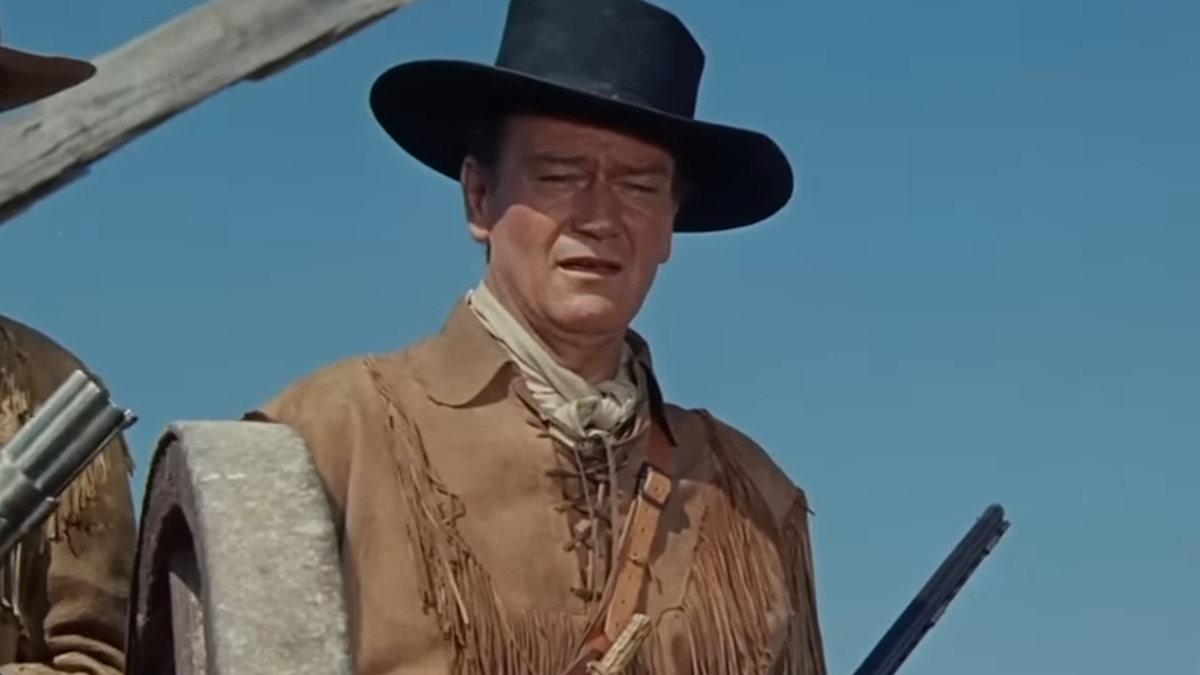
One of the rare actors of Hollywood’s Golden Age to span the silent era up to the later 20th century, John Wayne is popularly remembered for his numerous Western movies. In the 1960s, he kept up that image through movies like The Alamo (which he also directed), The Man Who Shot Liberty Valance, True Grit, as well as other movies like The Longest Day, North to Alaska, The Comancheros, How the West Was Won, Donovan’s Reef, Circus World, The War Wagon, and In Harm’s Way. While Wayne was past his prime in the 1960s, his consistent appearances in popular movies ensured audiences never failed to remember his stardom. He died in 1979.
4. Doris Day
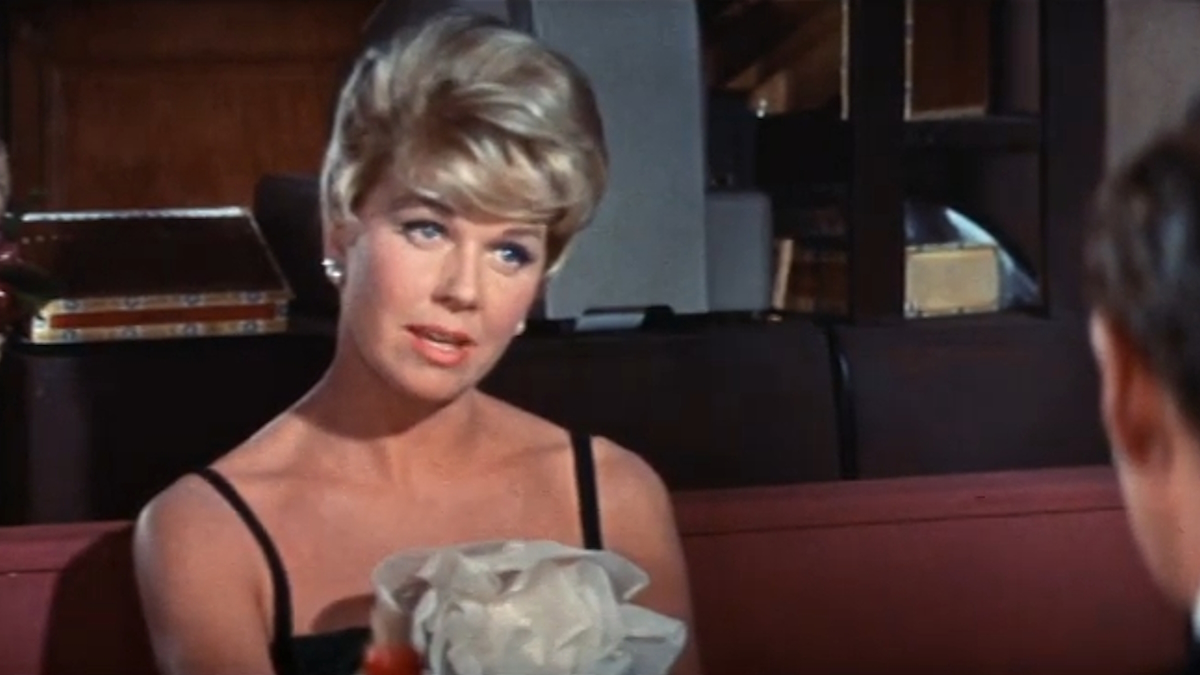
Born in Cincinnati, Ohio, Doris Day first started her career in entertainment as a singer, with hit recordings like “Sentimental Journey.” By the 1950s she became a movie star, and in the 1960s starred in pictures like Please Don’t Eat the Daisies, Move Over, Darling, The Thrill of It All, That Touch of Mink, Do Not Disturb, Where Were You When the Lights Went Out?, and With Six You Get Eggroll. At the beginning of the cultural sexual revolution, Doris Day’s wholesome, clean girl image earned her the unflattering nickname “World’s Oldest Virgin” by the press. (To be fair, she sort of let that happen, such as when she passed on the part of Mrs. Robinson in The Graduate because she found it “vulgar and offensive.”) By the 1970s, Doris Day was one of the few Hollywood screen actors to make the transition to TV, with her sitcom The Doris Day Show lasting five seasons despite dramatic changes to the show each season.
3. Audrey Hepburn
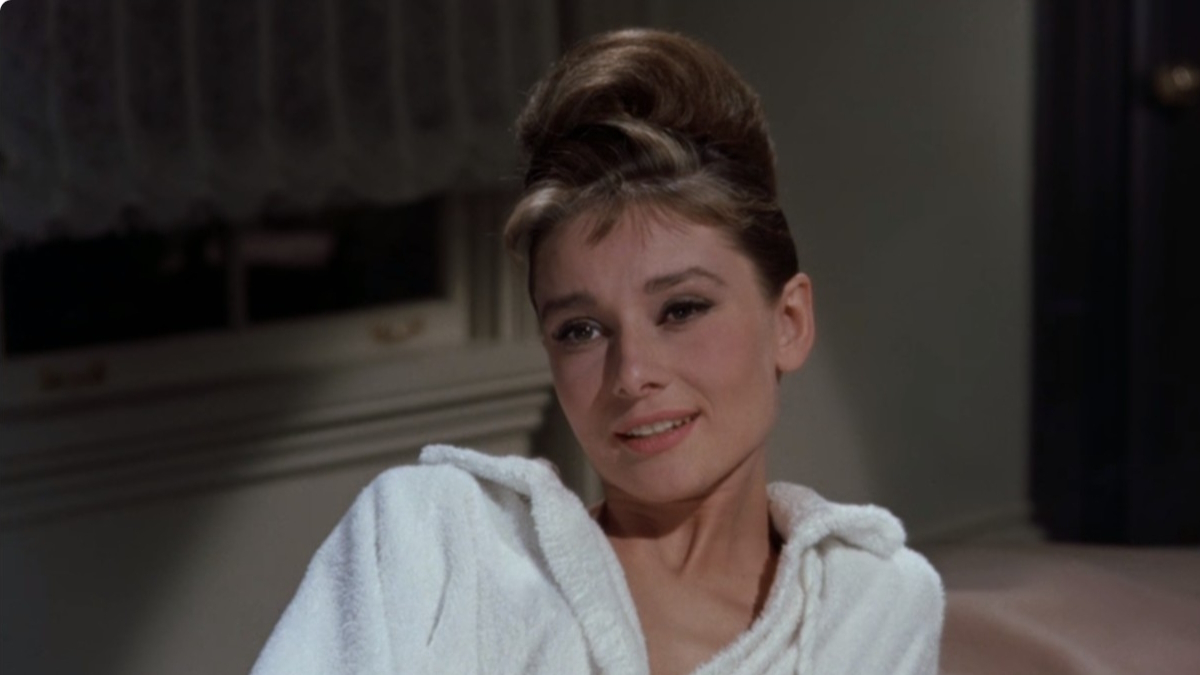
The glamorous and gorgeous Audrey Hepburn became a cinematic icon in the 1950s, and in the 1960s her stardom only grew. In 1961, she starred in the widely adored rom-com Breakfast at Tiffany’s; her performance and fashion as socialite Holly Golightly have become enduring symbols of mid-20th century haute couture beauty. Her other movies of the decade include The Unforgiven, The Children’s Hour, Charade, Paris When It Sizzles, How to Steal a Million, Wait Until Dark, and Two for the Road. Hepburn’s unique image and fashion sense made her one of the first movie stars to carry an unofficial yet recognizable brand identity. In 1954, fashion photographer Cecil Beaton commented on Hepburn: “Nobody ever looked like her before World War II … The proof is that thousands of imitations have appeared.”
2. Sean Connery
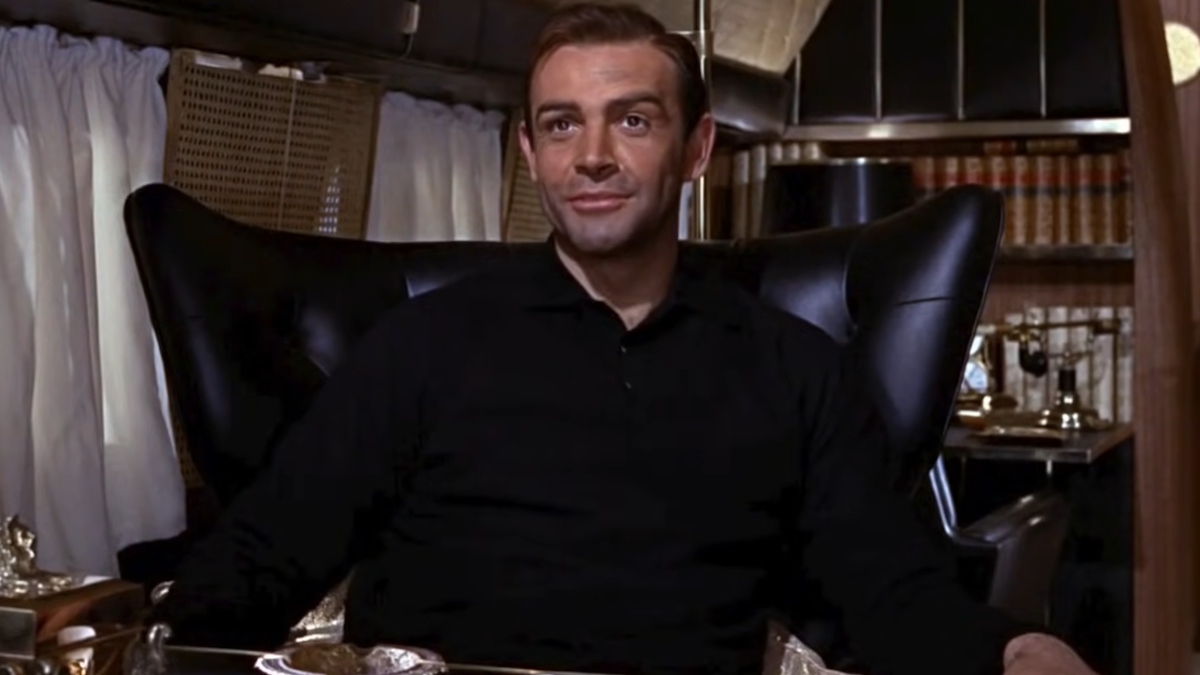
The name’s Connery – Sean Connery. Following his service in the Royal Navy, Sean Connery tried out acting, first on the stage and then on the screen. After starring in a number of British films, he enjoyed international success as the first actor to play secret agent James Bond, a role he helped make famous and in turn made him famous worldwide. He started his Bond stint with 1962’s Dr. No, before continuing with hits like From Russia With Love, Goldfinger, Thunderball, and You Only Live Twice. His other non-Bond movies of the ‘60s include On the Fiddle, The Longest Day, Marnie, The Hill, and Shalako. Sean Connery’s career kept cruising into the 1970s onward, including the 1996 summer blockbuster The Rock.
1. Paul Newman
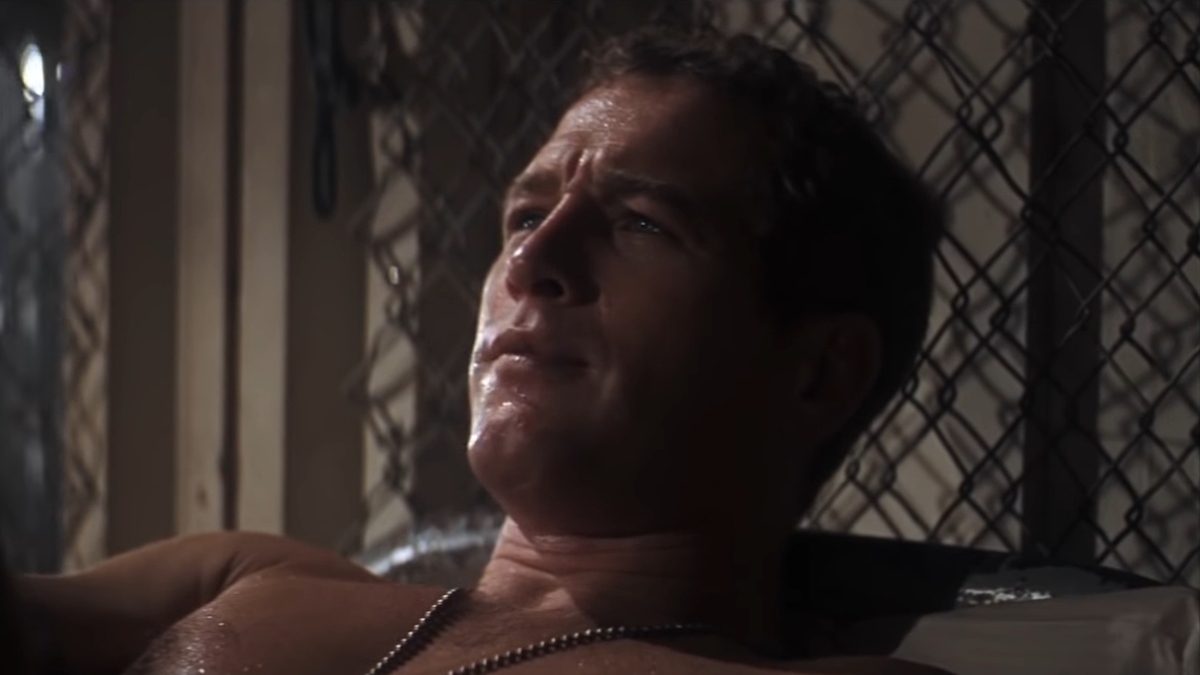
Steve McQueen wasn’t the only Hollywood actor to get behind the wheel of fast cars. Paul Newman, an actor, director, and race car driver, is arguably the preeminent movie star of the 1960s. Between his good looks, attractive charisma, and envious lifestyle as both Hollywood star and professional athlete, Paul Newman’s image endures as a bonafide renaissance man.
His best pictures of the decade include The Hustler, Cool Hand Luke, and Butch Cassidy and the Sundance Kid. Other noteworthy movies include From the Terrace, Exodus, Paris Blues, The Outrage, Lady L, Torn Curtain, and The Secret War of Harry Figg. Paul Newman’s stardom only grew throughout the 1970s, and by the 21st century was still making movies until his death in 2008.

Eric Francisco is a freelance entertainment journalist and graduate of Rutgers University. If a movie or TV show has superheroes, spaceships, kung fu, or John Cena, he's your guy to make sense of it. A former senior writer at Inverse, his byline has also appeared at Vulture, The Daily Beast, Observer, and The Mary Sue. You can find him screaming at Devils hockey games or dodging enemy fire in Call of Duty: Warzone.


